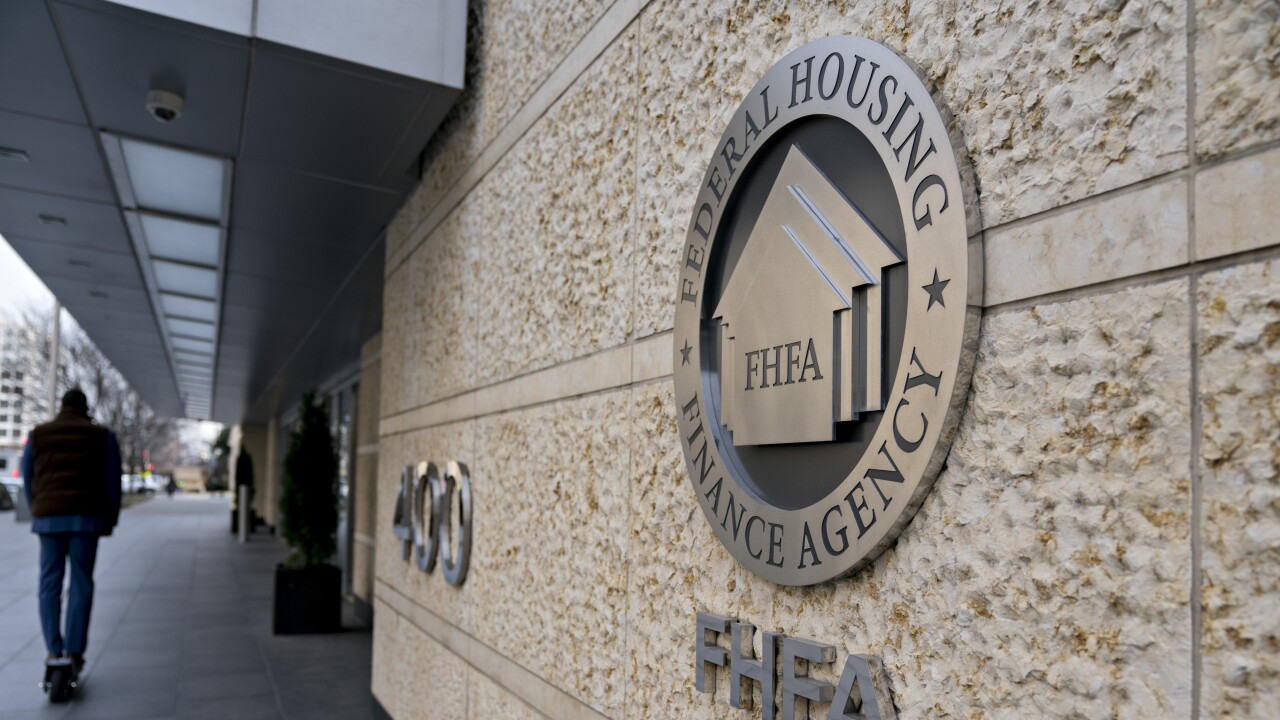
The formation of the Consumer Financial Protection Bureau deriving from the Dodd-Frank Act in 2010 has significantly changed our country’s financial oversight. The CFPB’s mission is to make the consumer financial products and services marketplace as fair and transparent as possible. But often ignored is what the cost of additional oversight means to the consumer.
Since 2010, there have been 22 rules—either proposed, in the pre-ruling stage or already implemented—by the CFPB. These rules have dramatically increased the costs of compliance. While tracking new rules and regulations has always been a part of doing business as a mortgage lender, the rapid pace at which new rules have been released by the CFPB has many lenders feeling the heat.
Lenders are charged with consistently educating themselves on what the CFPB is proposing – since they must adhere and adopt the rules in order to continue business and engage in legal practices. The CFPB has been transparent as to how long a rule will be in the adaptation stage and when implementation will be enforced. Lenders have that amount of time to update technologies, evolve business practices, alert clients and third-party vendors and comfortably practice new Bureau standards.
The cost of doing business—origination, servicing, closing, etc.—will continue to increase as lenders adopt and evolve processes to comply with CFPB rulemakings. These costs are being passed onto the consumer to guarantee their safety and the safety of their money; something they have no direct control over.
A recent study from a top document and compliance provider revealed that closing costs have increased 0.4% from December 2012 to March 2013, following a 0.5% decrease experienced from April to November 2012. As the industry continues to adapt, consumers will begin to front the extra costs.
Managing Compliance
If lenders are not equipped to handle new compliance processes, outsourcing to a vendor that specifically focuses on these areas will ensure compliance standards, updates and performance are adequate and accurate. Predatory lending and loan documentation are common compliance areas that are outsourced. However,
Lenders will be held accountable for managing and maintaining their third-party vendors to ensure compliance with CFPB standards. A best practice for outsourcing compliance is to have a mixture of in-house knowledge and solid third-party vendor relationships that cover all of the compliance areas—documentation, fair lending, fraud, reporting, etc. The regulatory environment is changing too rapidly to not cover all of your compliance bases and guarantee your business’s and customers’ safety.
Compliance costs will automatically increase for a business and the borrower if a compliance violation occurs. Time is money and money is time when facing regulators and the processes they demand. Audits are undoubtedly expensive that will consume all internal and external compliance resources until completion; which adds further complication and time consuming tasks in your daily business practices.
Compliance Best Practices
Focus on your internal compliance management process—does your business have one? If not, consider a well-respected third-party vendor to handle the work. An experienced compliance staff—in-house or outsourced—will monitor, update and implement regulatory changes so that your everyday routine doesn’t have to include reading the CFPB’s website. Select a vendor that will reduce your costs and focus on the areas of expertise in which your consumers need.
The cost of complying with the CFPB doesn’t have to be as burdensome as one might think. By effectively blending in-house expertise and qualified third party compliance vendors, you can protect your investment and satisfy your consumers by controlling costs and always remaining compliant without breaking the bank.





